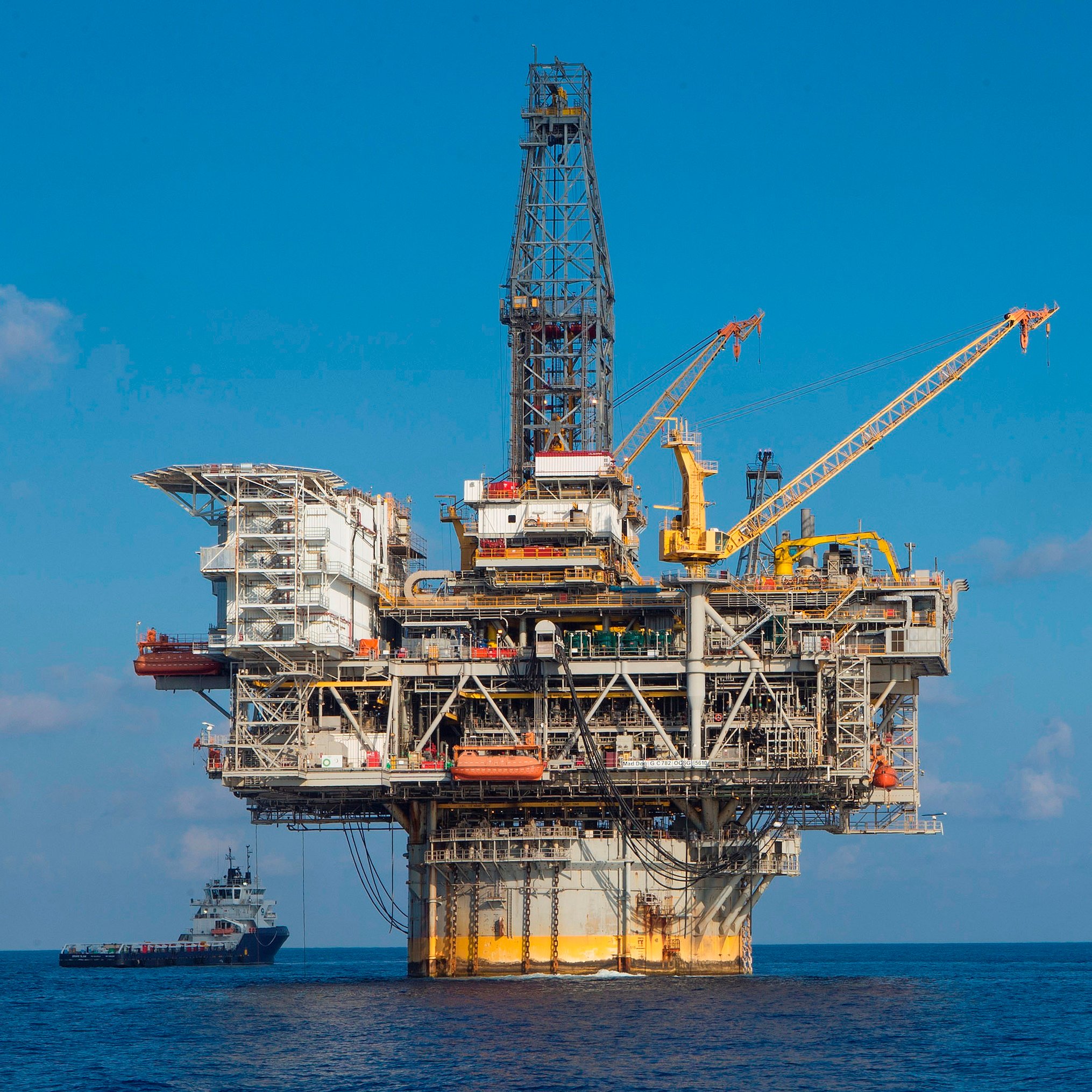

The U.S. Energy Information Administration (EIA) released its weekly petroleum status report Wednesday morning. U.S. commercial crude inventories increased by 2.6 million barrels last week, maintaining a total U.S. commercial crude inventory of 487.4 million barrels. The commercial crude inventory remains near levels not seen at this time of year in at least the past 80 years.
Tuesday evening, the American Petroleum Institute (API) reported that crude inventories rose by 2.9 million barrels in the week ending December 25. For the same period, analysts had estimated a decrease of a million barrels in crude inventories.
Total gasoline inventories increased by 900,000 barrels last week, according to the EIA, and have moved into the middle of the five-year average range. Total motor gasoline supplied (the agency’s measure of consumption) averaged 9.3 million barrels a day for the past four weeks, up by 0.4% compared with the same period a year ago.
What seems to be happening in the crude market is that traders are trying to make money on price movements in either direction. Because the oversupply of oil is taking its sweet time to clear, the price changes quickly on any news or forecast. That probably won’t change soon, but one thing seems pretty clear: a barrel of crude oil has seen its last $100 price tag for a very long time.
U.S. shale production has essentially replaced Saudi Arabian production as the market’s balancing mechanism. That’s not necessarily a good thing. In any event, production costs from shale plays, once believed to be in the range of $80 to $90 a barrel, have fallen to a range of no more than $50 to $60, and even lower. That’s still a long way from the Saudi cost of around $10 a barrel, but it does indicate that if prices do begin to rise, U.S. producers can begin making money again at well below $100 a barrel.
Before the EIA report, benchmark West Texas Intermediate (WTI) crude for February delivery traded down about 3.4% at around $36.60 a barrel. WTI settled at $37.87 on Tuesday and dipped to around $36.40 immediately after the report’s release. The 52-week range on WTI futures is $35.53 to $65.50.
Distillate inventories increased by 1.8 million barrels last week and remained in the upper half of the average range for this time of year. Distillate product supplied averaged 3.6 million barrels a day over the past four weeks, down by 11.3% when compared with the same period last year. Distillate production averaged over 4.9 million barrels a day last week, about flat compared with the prior week’s production. The rise in distillate inventory is likely due to lower demand for heating oil due to warmer-than-usual weather.
For the past week, crude imports averaged 7.9 million barrels a day, up about 566,000 barrels a day compared with the previous week. Refineries were running at 92.6% of capacity, with daily input of averaging about 16.7 million barrels, about 214,000 barrels a day above the previous week’s average.
According to AAA, the current national average pump price per gallon of regular gasoline is $2.002, down less than 0.1% from $2.009 a week ago and from $2.040 a month ago. Last year at this time, a gallon of regular gasoline cost $2.273 on average in the United States.
Here is a look at how share prices for two blue-chip stocks and two exchange traded funds reacted to this latest report.
Exxon Mobil Corp. (NYSE: XOM) traded down about 0.8%, at $78.50 in a 52-week range of $66.55 to $93.45. Year to date, Exxon stock traded down about 15% and is down about 19% since early November of 2014, as of Tuesday’s close.
Chevron Corp. (NYSE: CVX) traded down about 1.5%, at $89.91 in a 52-week range of $69.58 to $113.31. As of Tuesday’s close, Chevron shares have dropped about 20% year to date and trade down about 25% since early November 2014.
The United States Oil ETF (NYSEMKT: USO) traded down about 3.3%, at $10.89 in a 52-week range of $10.52 to $21.50.
The Market Vectors Oil Services ETF (NYSEMKT: OIH) traded down about 1.0% to $26.51, in a 52-week range of $25.40 to $39.80.
Take This Retirement Quiz To Get Matched With A Financial Advisor (Sponsored)
Take the quiz below to get matched with a financial advisor today.
Each advisor has been vetted by SmartAsset and is held to a fiduciary standard to act in your best interests.
Here’s how it works:
1. Answer SmartAsset advisor match quiz
2. Review your pre-screened matches at your leisure. Check out the advisors’ profiles.
3. Speak with advisors at no cost to you. Have an introductory call on the phone or introduction in person and choose whom to work with in the future
Take the retirement quiz right here.
Thank you for reading! Have some feedback for us?
Contact the 24/7 Wall St. editorial team.


